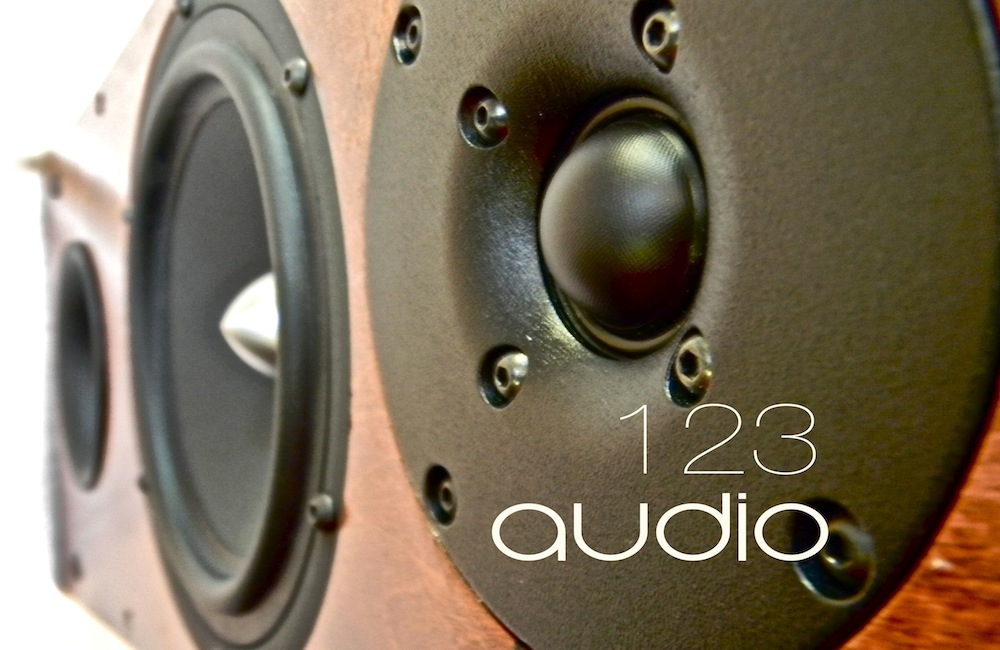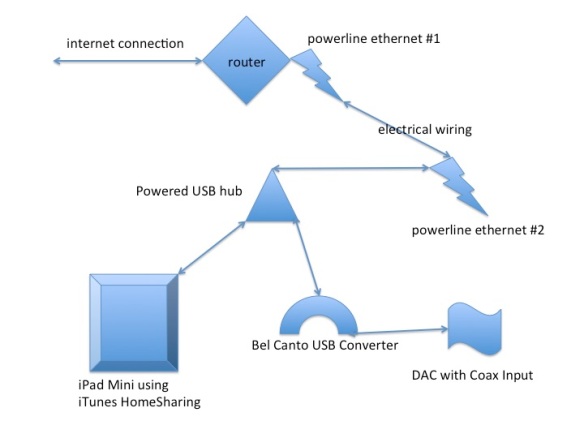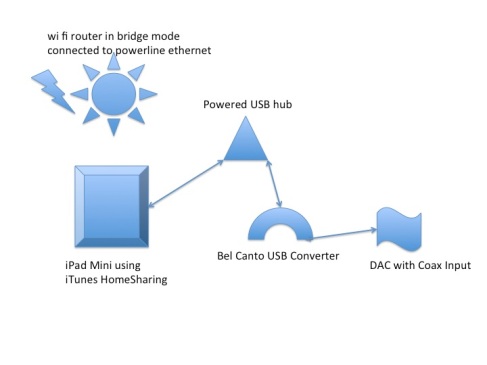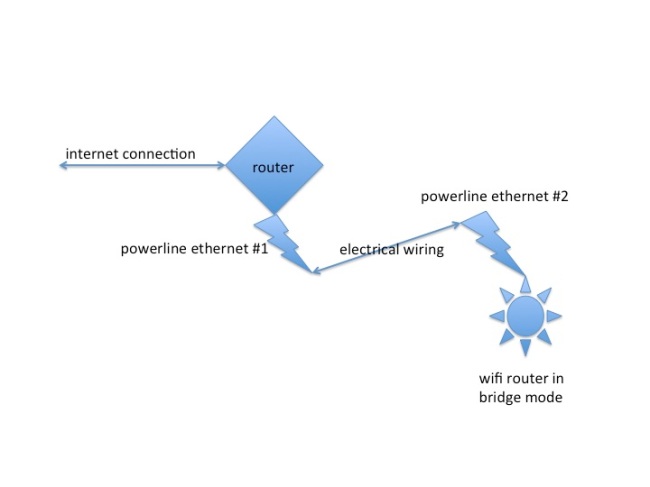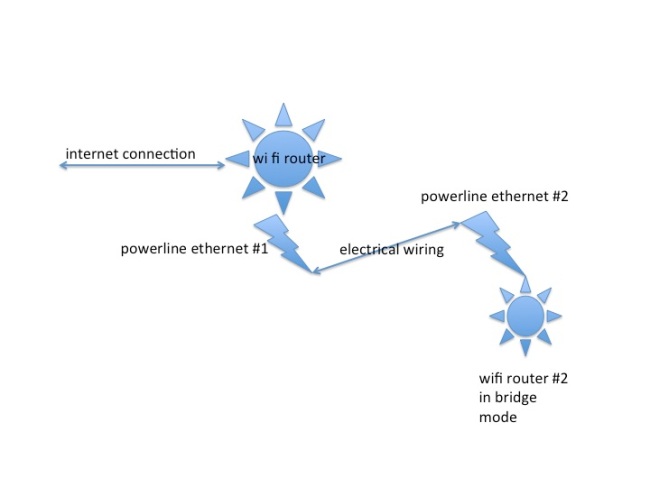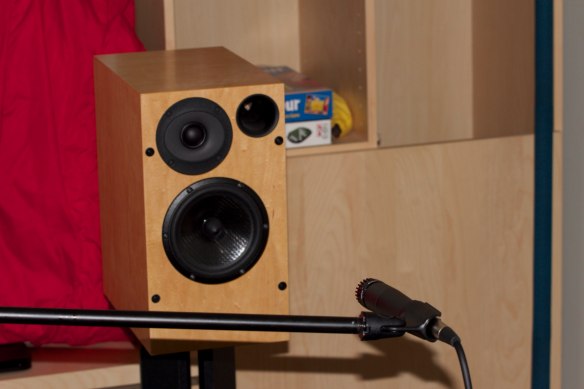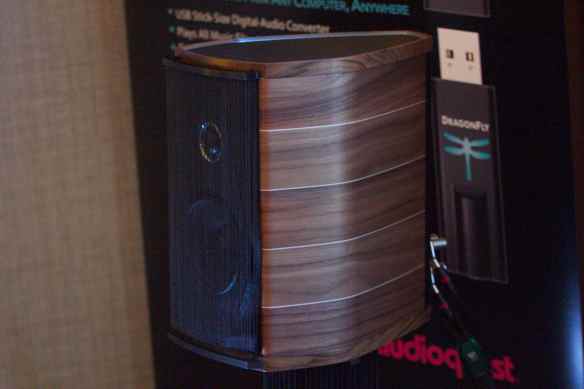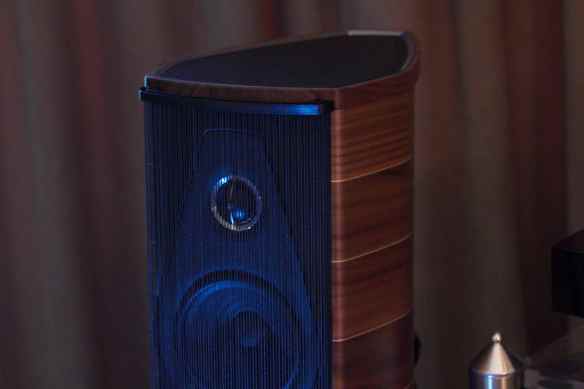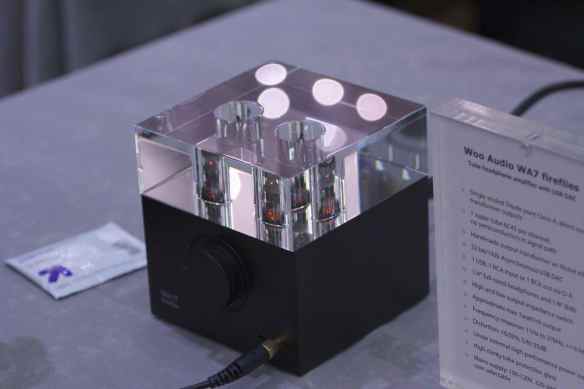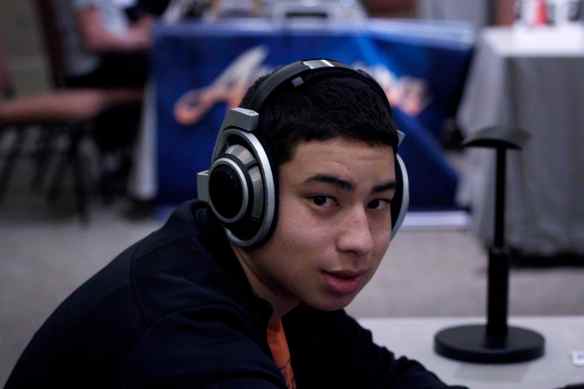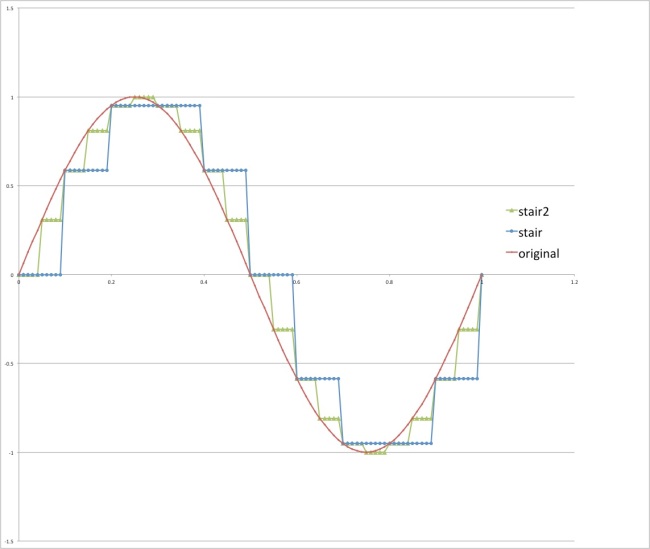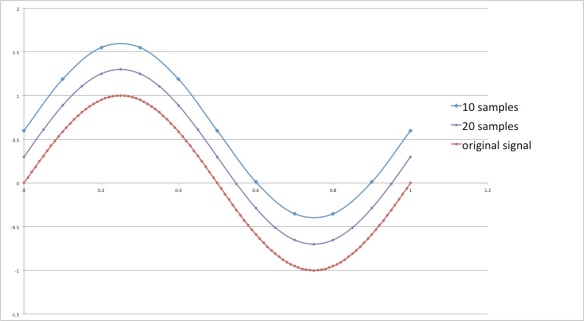I’m going to rant and ramble a bit here. So, this past Saturday I attended THE Show in Newport Beach, and actually I heard quite a few things I liked and had a good time. It didn’t start so auspiciously. At first I went to hear the big Focal speakers, the big big ones, the Grand Utopias. And they didn’t sound good to me. The bass didn’t sound natural, the highs were overly bright, and my son said, “Dad, nothing sounds good to you.” What can I say?
This blog post is mostly about speakers, and that’s because in my opinion they make the most immediate and obvious difference in a system. Yes, maybe amplifier A sounds a bit different from amplifier B, but if you haven’t heard an entire system before, the easiest thing to try and deduce is the sound of the speakers.
Certain things in audio are immediate and obvious. If a speaker plays loudly cleanly, that is obvious. If it has good bass, obvious (subject to the program material of course). So dynamics, and bass extension are immediate and obvious. With a good recording and an excellent audio system, the sound can be “startlingly real” – and if or when you encounter that, it is immediate and obvious.
What’s my point? In my opinion, most things at an audio show are not immediate and obvious. What is the difference an amplifier makes, or a turntable – if you are unfamiliar with the whole system, how can you tell? Getting on my soapbox for a minute, the component I am most skeptical about, especially in the context of an audio show, is audio cables. Now, if someone has a speaker cable or an interconnect that deliberately changes the signal – e.g., high capacitance for example, maybe there’s a basis for a non-subtle difference. Otherwise, I think one would be hard pressed to tell the difference among cables under the best of conditions, and I think it virtually impossible under show conditions. So it is funny to me to enter room after room with big mention being made of the audio cables. Understand the situation – you walk into say a hotel room, there is a room full of strange (as in not familiar) equipment, the room acoustics are unknown, the listening position is likely too close, you don’t know the recording, you don’t know the cartridge, or the dac, or the amplifier, or the speaker. And then, given all these unknowns, somehow you are supposed to attribute some of what you hear to the cabling??? Get real.
After hearing the big Focals, we waited in line, and we waited, probably over a half hour. What were we waiting for? It was the MBL Home theater demonstration. Again, at first, disappointment. There was an unnatural quality to male vocals, a certain chestiness and lack of clarity. But the overall sound from strings and orchestral instruments was very open, non-fatiguing. And as the various movie clips progressed, I found myself really enjoying it. So not the ultimate in natural timbre, but really nice for the enveloping surround sound.
Readers of this blog know I have a pair of (older) Spendor SP2/3 speakers, so to some extent I am a Spendor fan. Well, I finally got to hear the Spendor D7s. As my son said to me, “That’s the most natural sounding system I’ve heard this morning.” And I agreed. Am I going to tell you what speaker cables and interconnects were used? No. These shows aren’t the place to have a good critical listen, but you can get ideas for things you might want to hear more of at a later time.
What else? I heard the TAD Evolution 1. These are a sort of trickle down product from the very high end TAD Reference speakers. The Reference speakers have a coaxial tweeter/midrange made of beryllium, and sound fantastic – heard them in Munich in 2012. The Evolution has a similar coaxial tweeter/midrange, but the midrange cone is magnesium, a little less exotic. I had just a brief listen, but I thought they sounded very good.
On a somewhat tangential note, Troels Gravesen recently did a study of the Seas C18EN001-M coaxial midrange tweeter, see: http://www.troelsgravesen.dk/COAX-18.htm. We’ll see what he comes up with, but hopefully he will soon publish a passive 3 way design with the Seas coax and one or two woofers, perhaps a poor man’s TAD compact reference (http://tad-labs.com/en/consumer/cr1/) or something like the TAD Evolution 1. Depending on what design Troels produces, that might be a future speaker for me to build.
More good things: I heard (again) the Volti Audio Vittora, and thought they sounded quite good.
Quintessence Acoustics (designed partly by Mr. PBN) had a large speaker with impressive bass, I would like to hear them in a more appropriate room, I think the room was way too small. Next door was PBN speakers with Mr. PBN himself, Peter B. Noerbaek. Just in looking online, I previously had thought of PBN as a bunch of overgrown monster speakers. I have no other familiarity with the brand. They were demoing (I think) a relatively modest size speaker, the SP-3, and whatever it was, it sounded quite good. I complimented Mr. PBN, and something about his response struck me as very genuine – he seemed really pleased that I liked them, not all full of himself like “Oh of course my speakers sound good.” Anyway, for what it’s worth, a very positive impression for me.
KEF has its new line of reference speakers, also perhaps a poor-mans TAD compact reference, the new Kef Reference One is a largish 3 way stand mount with a coaxial tweeter/midrange. I was hoping to like these, but at the show they sounded rather thin/anemic. I’ll probably try to hear them some other time under better conditions. In contrast, a next door room had a pair of (I think) R900 speakers, they were much fuller and richer sounding.
Wilson Audio had speakers in several rooms. I dunno what it is, I have yet to like any of them. Maybe it’s the demo song. Maybe it’s the room. Maybe it’s the partnering equipment. Maybe you have to sit in just the right spot for them. At any rate, given their fame and status among high end speakers, I expected to like them more.
I finally got a chance to hear a pair of Rockport Atria speakers, and I thought they sounded excellent. And I had a quick listen to the Vivid B1 speakers, also excellent sounding. See, not everything sounds bad to me!
A few things that are somewhat “different.” First was a line of speakers from Sweden, Larsen Hi Fi named after John Larsen, who I presume was at the show (someone representing the brand was talking to visitors in the room). This is creative – a line of speakers that are intended to work at their best right up against a wall, using the sound reflections from the wall to sound natural. Apparently, Mr. Larson used to work with Stig Carlsson who influenced some past notables including Roy Allison and Peter Snell in ways to design speakers that work well near walls and other boundaries. In my brief listen, I thought the speakers sounded quite good and were modestly priced by high end standards (somewhere around $2K or so).
Now it’s easy to feel like there are a glut of speaker companies out there, so when there is new speaker company you have to ask why bother? And what does this company do that is different? It’s easy enough to make a somewhat decent sounding speaker – you can buy drivers (woofer, midranges, tweeters) from various companies, any cabinet maker can make cabinets, and sophisticated design software and measurement tools are widely available and relatively inexpensive. I have commented before on the design work of Troels Gravesen and his diy speaker site. While his knowledge and skill were acquired over many years, and he is undoubtedly a brilliant, creative, and extremely talented man, his designs are built in his home workshop and with modest measuring/test equipment. One thing he does though is he sweats the details – it seems he can crank out a design quickly, but then he listens – really listens – to lots of music and tries out lots of things and refines and repeats. How do I know this? I know since I built two of his designs, and have thoroughly read his website and descriptions of his process and experiments. But back to the point, it doesn’t take much to start a speaker company. So when I encountered new speaker company Ryan Acoustics, I was curious – who are they and why another speaker company?
I had a short conversation with one of the founders, the company is two brothers who had a speaker company back in the 1980s, Ryan Acoustics. Well, these guys must know something – they have a new line of modestly priced speakers that sound quite good. Their speakers are hand crafted in America, and use their own woofers, midranges, and tweeters. Now that’s rare – a start up speaker company that makes their own drivers. Yes, one expects KEF makes their own drivers, and so does TAD and Rockport and Vivid, and more recently Sonus Faber, and of course the famous BBC legacy companies like Spendor and Harbeth make their woofers, but two brothers in California starting (or restarting) a speaker company to make their own drivers, that I didn’t expect. Well, they don’t exactly have a factory that makes the drivers, they have the drivers custom made to their design and specification, but clearly these are not minor mods to stock Scan Speak drivers (Scan Speak are excellent drivers, that’s not my point), but are really unique proprietary designs.
Ryan has 3 models: a little two way R610, a 2 1/2 way R620 (2 woofers and 1 tweeter), and a 3 way R630. I heard the R620. Now this is not some mega buck speaker, I think the price is in the $2K range, and I thought it was natural sounding with impressive bass. In fact, the bass was beyond what I expected from such a slender and modest size speaker. I wish them luck, it’s nice to see a company that wants to manufacture audio products in the USA, and no less a speaker company that actually designs its own drivers.
Finally, I heard the Polymer MKS-X speakers. I didn’t expect to like them – their ads are all about how “high tech” the speakers are with diamond tweeters and diamond midrange. I believe that excellent sounding speakers don’t necessarily require “exotic” materials. And I thought it kind of cheesy that they tried to attract attention to their room with two tall/slender attractive women in slinky dresses – kind of like at the auto shows. But this may have been the best sound I heard at the show, what can I say, the speakers sounded very natural and lifelike.
That’s it for now, I have some photos to add later.
